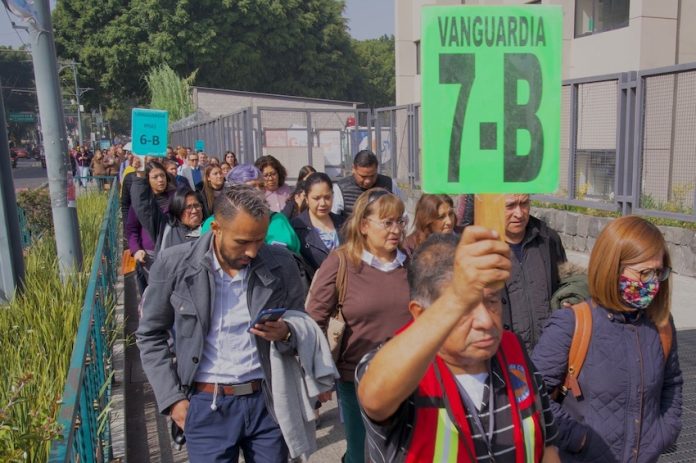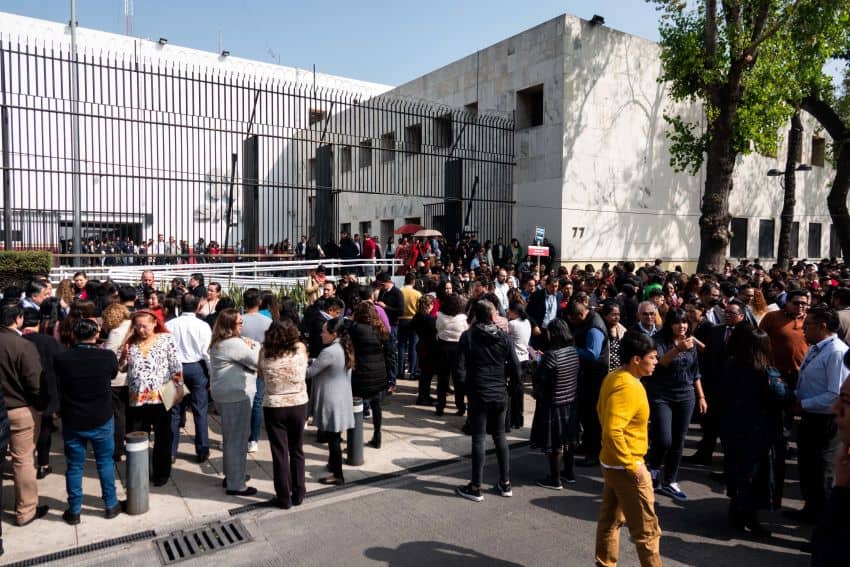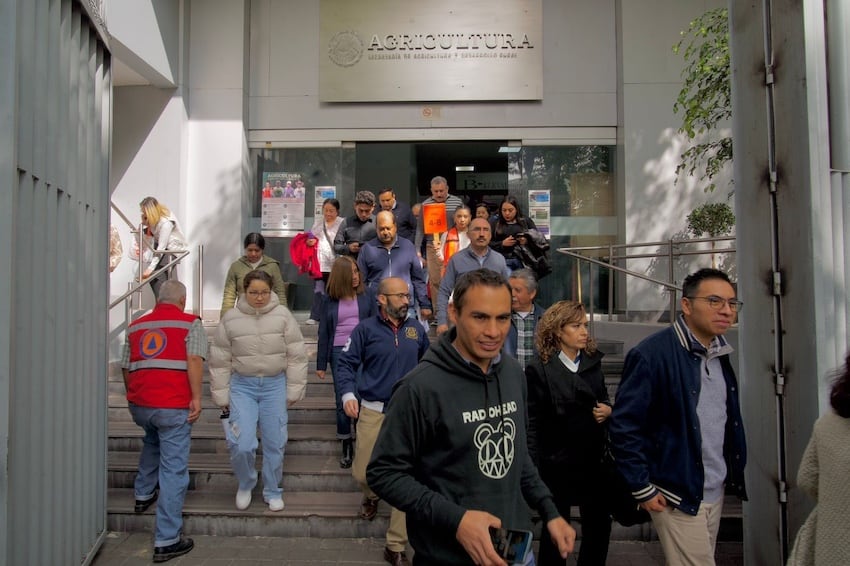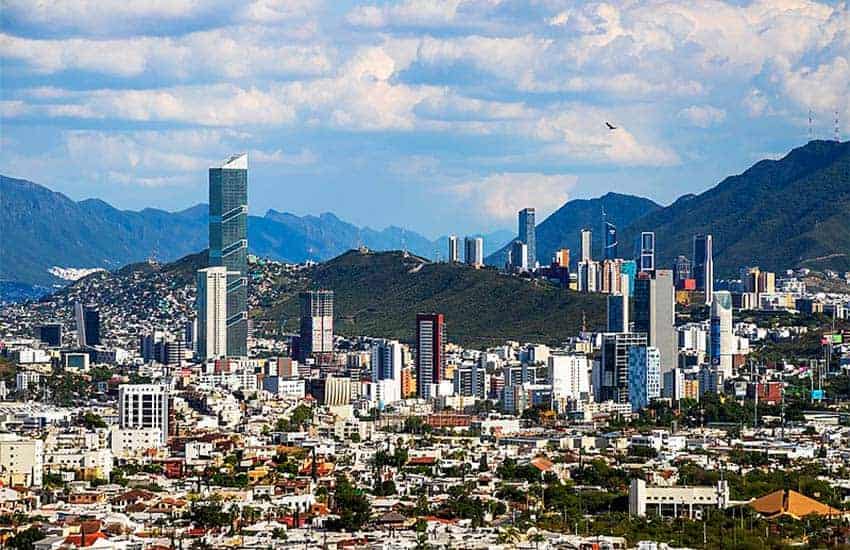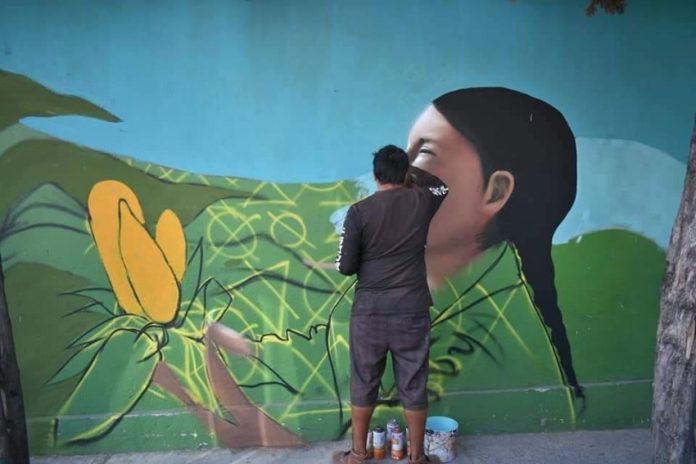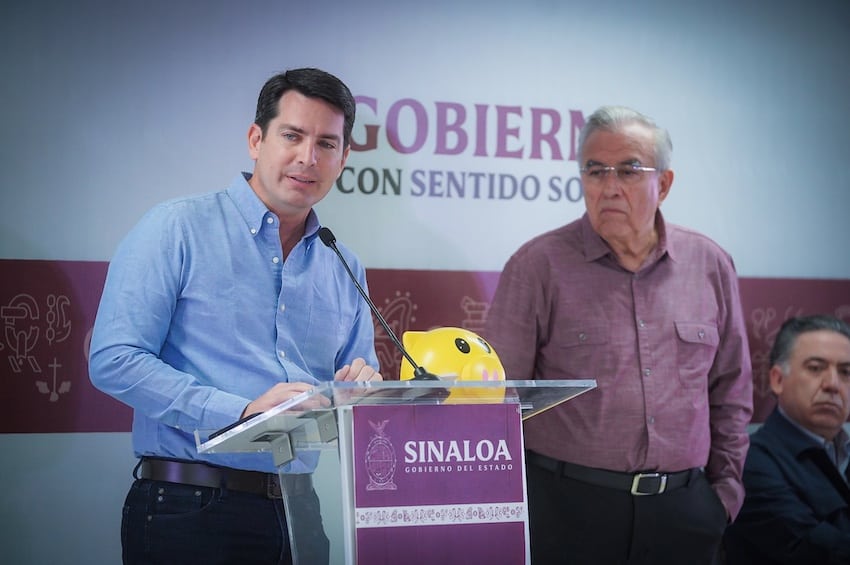Nearshoring is a business trend in which companies relocate operations and production in closer proximity to target markets, to reduce costs and improve efficiency. This shift has several potential benefits for Mexico, Canada and the United States, and has been named by specialists as one of the greatest opportunities for economic growth in the region.
What advantages does North America have? The free trade pact known as the US-Mexico-Canada Agreement (USMCA), a strong manufacturing industry and logistics connectivity are the region’s main assets.
What is the opportunity for Mexico?
In this panorama, Mexico has become an attractive destination for relocating companies due to its proximity to the United States, which allows these companies to be more competitive by reducing costs and making their supply chains more efficient.
The north of the country has been one of the regions that has benefited most from the relocation of companies. The state of Nuevo León in particular has positioned itself as the most attractive destination for nearshoring, attracting the greatest number of relocating companies: according to the state’s Ministry of Economy, 72.2% of nearshoring is concentrated in Nuevo León . One of the main reasons for this concentration is that it shares a border with the United States, in addition to its advanced manufacturing industry and skilled workforce.
With nearshoring and the planned construction of a Tesla gigafactory, an effect has been unleashed in Nuevo León in attracting foreign investment projects. From October 2021 to October of this year, the state has attracted more than US $27 billion in investment from companies such as Sumitomo, Manwah, Bosch, Aptiv, Honeywell, Yanfeng, Unilever, Danfoss, Yinlun TDI, Brembo, Festo and Dayou, among many others.
The north isn’t the only region to have benefited from nearshoring: so has the Bajío, a cultural and geographical region in west-central Mexico that spans six states.
In this regard, Julio Di-Bella, president of business promotion agency El Gran Bajío,said at a recent nearshoring conference that if those six states that make up the Bajío were a country, it would be among the top 60 economies in the world. After the COVID-19 pandemic, he noted, there was a change in U.S. policy, and their efforts began to align to attract investment.
Business relocation is driven by factors including high transportation costs from Asia to the U.S.and the Russia-Ukraine war , but fundamentally by changes in the China-U.S. relationship.Nuevo León governor Samuel García alluded to this dynamic in May during a trip to Taiwan: “There’s a geopolitical issue, a conflict between the U.S. and China,” García said. “The U.S. has said everyone has to leave China and come to North America, and the big winner is Nuevo León.”
According to John Soldevilla, general director of consulting firm ECOBI, speaking at a recent nearshoring forum, nearshoring could cause growth in Mexico’s GDP similar to that seen following NAFTA by 2030. The biggest winner would be the manufacturing sector, which would dominate exports, generating 22.4% of GDP. The Mexican government announced fiscal incentives for investors in 10 key exporting sectors of the economy in October.
Among the identified sectors are the semiconductor, automotive, electrical and electronics, medical and pharmaceutical devices, agribusiness and human and animal food industries, among others.
What are the challenges?
Di-Bella maintained that although the outlook is positive, there are three challenges to taking advantage of the opportunities of nearshoring: energy and water infrastructure , human resources and talent, and the issue of security.
“I’m talking about issues of legal security, that is, that you have the certainty that when you come to start a company, no one is going to change the rules of the game once you have already built it,” he highlighted.
Meanwhile, for Sergio Hernández, president and CEO of CIAL Dun & Bradstreet, speaking at the same nearshoring forum, the outlook is optimistic, but it will be essential for Mexico to be able to offer certainty to investors. He says this can be achieved through a clear industrial policy that protects the development of businesses coupled with a modernization process that ensures the availability of sustainable resources, as well as promoting the training of more human talent.
Luz María de la Mora, former Mexican Deputy Minister of Foreign Trade and current member of the Atlantic Council, said at a conference that Mexico can take advantage of opportunities and participate in sectors such as semiconductors (assembly, testing and packaging), electric vehicles and batteries, in the pharmaceutical industry, among others.
“What does it mean to take advantage of that opportunity? Today the relocation trend responds to issues of climate change, zero emissions and sustainability. If we do not understand that we have to produce with zero emissions, that we must have a sustainable economy and make better use of resources, we as companies will not be able to join the supply chain.”
For de la Mora, the second point to consider is digitalization, since the relocation that the United States, the European Union, Japan and South Korea are promoting has to do with the industrialization of advanced manufacturing and industry.
“If we are not in the world of technology, innovation and development, we are not going to participate, we are going to be left behind once again and others are going to take advantage of the opportunity.”
Finally, she explained that to take advantage of these opportunities, collaboration between the public and private sectors and academia is necessary.
Alejandra Oropeza is a business writer and contributor to Mexico News Daily


